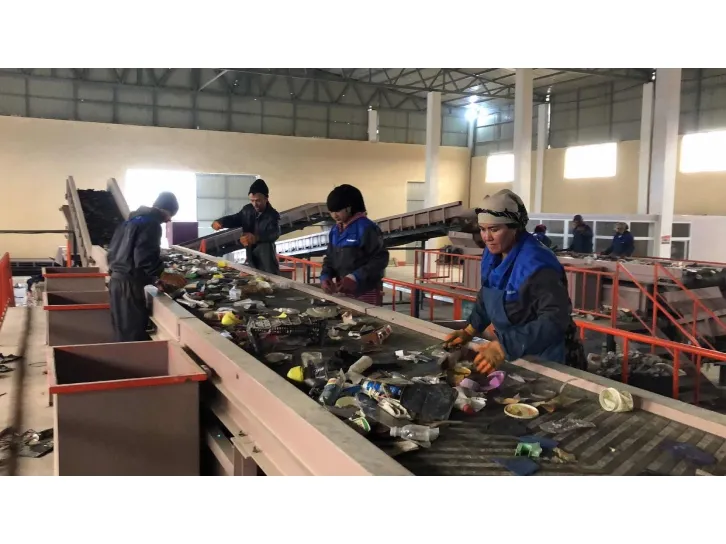

أكتوبر . 22, 2024 12:56 Back to list
The Economics of Industrial Shredders Understanding Pricing Factors
Industrial shredders are essential machines used across various industries for reducing waste materials into smaller, manageable sizes. Their applications range from recycling and waste management to the destruction of sensitive documents and materials. As industries become increasingly focused on sustainability and efficiency, the demand for industrial shredders continues to rise. However, understanding the factors that influence industrial shredder prices is crucial for businesses looking to invest in this vital equipment.
Key Factors Influencing Industrial Shredder Prices
1. Type of Shredder Industrial shredders come in various types, including single-shaft, double-shaft, cross-cut, and granulating shredders. Each type serves a specific purpose and offers different capabilities. For instance, single-shaft shredders may be less expensive than double-shaft models due to their simpler design, but they might not handle tough materials as effectively. Generally, the more complex and capable the shredder, the higher the price point.
2. Capacity and Size The size and capacity of the shredder significantly impact its price. Larger machines with higher throughput capacities that can process more material in a given timeframe typically come with a higher cost. Businesses must assess their volume requirements to choose a shredder that meets their demands without overspending on unnecessary capacity.
3. Material Specifications Industrial shredders are designed to handle different types of materials, from paper and plastic to metal and bulky waste. Shredders that can process diverse and tougher materials are often equipped with more advanced technology and robust construction, leading to increased prices. Businesses should consider the materials they plan to shred and select a machine capable of handling them efficiently.

4. Customization and Features Many manufacturers offer customizable features or additional options for industrial shredders, such as screens for material size control, advanced safety features, and automation capabilities. While these features enhance the shredder's performance and user-friendliness, they also increase the overall price. Companies should weigh the benefits of added features against their specific operational needs and budget.
5. Brand and Manufacturer Reputation Like many industrial machines, industrial shredders can vary significantly in price depending on the brand. Established manufacturers with a solid reputation for quality and reliability may charge premium prices for their products. However, investing in a reputable brand can offer long-term savings through lower maintenance costs and increased machine lifespan.
6. Market Trends and Fluctuations The industrial machinery market is subject to fluctuations due to various factors, including global supply chains, material costs, and economic conditions. For instance, during periods of high demand or supply shortages, prices for industrial shredders may increase. Staying informed about market trends can help businesses anticipate potential price hikes and plan their purchases accordingly.
7. After-Sales Support and Maintenance Costs The initial purchase price of an industrial shredder is only part of the total cost of ownership. Businesses should also consider maintenance and support costs, which can vary significantly between manufacturers. A lower-priced shredder might end up costing more in repairs and servicing over time if it lacks durability or support. Therefore, evaluating the total cost of ownership is crucial when determining the budget for an industrial shredder.
Conclusion
Investing in an industrial shredder is a critical decision for businesses committed to efficient waste management and recycling practices. By understanding the various factors influencing industrial shredder prices, companies can make informed choices that align with their operational needs and budget constraints. While the initial cost is an essential consideration, factors such as the machine's capacity, the materials processed, and after-sales support should also play a crucial role in the purchasing process. Ultimately, the right industrial shredder can lead to significant cost savings, improved efficiency, and a stronger commitment to sustainability in business operations.
Latest news
Troubleshooting Common Eddy Separator Problems
NewsJul.04,2025
The Role of Metal Recycling Plants in Circular Economy
NewsJul.04,2025
The Impact of Recycling Line Pickers on Waste Management Costs
NewsJul.04,2025
Safety Features Every Metal Shredder Should Have
NewsJul.04,2025
How Industrial Shredders Improve Waste Management Systems
NewsJul.04,2025
How Cable Granulators Contribute to Sustainable Recycling
NewsJul.04,2025